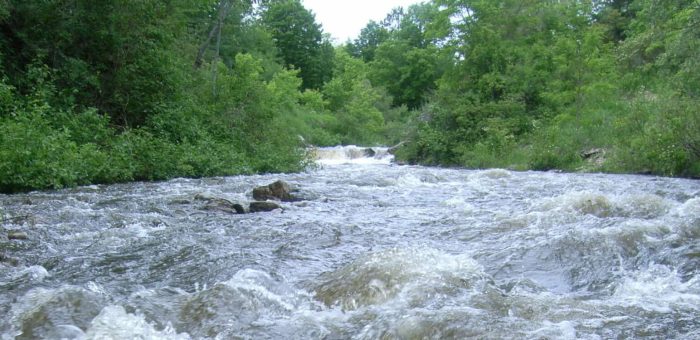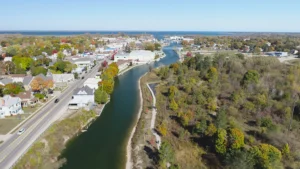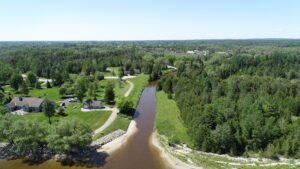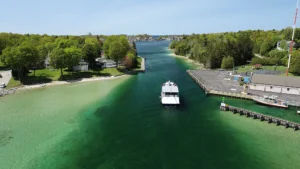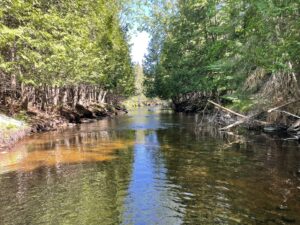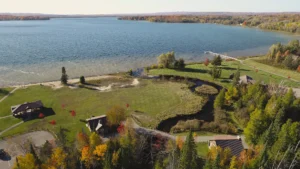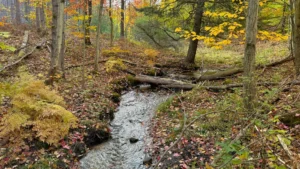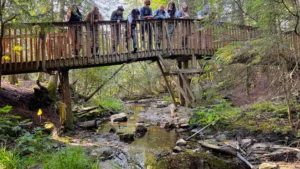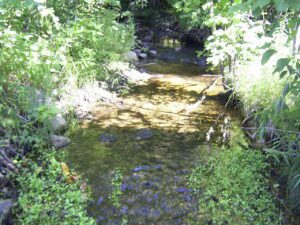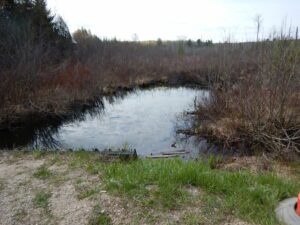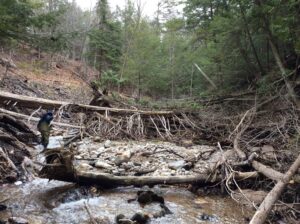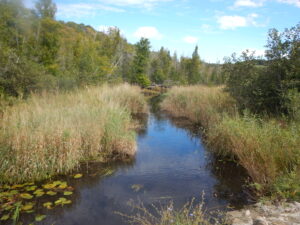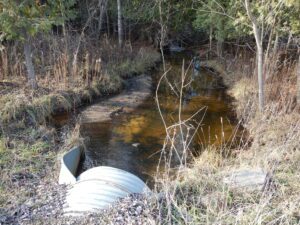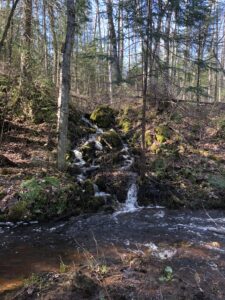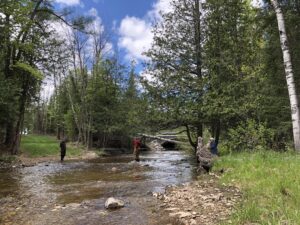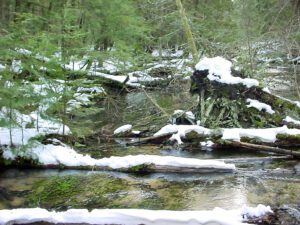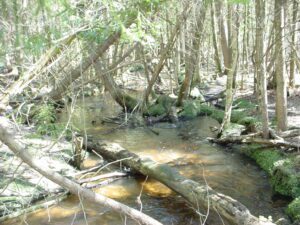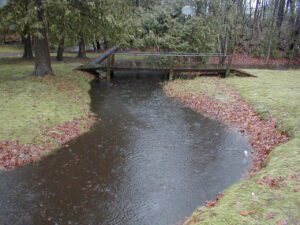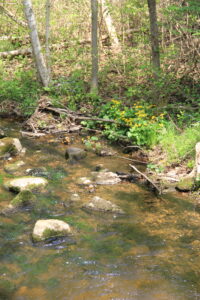The Watershed Council service area contains approximately 3000 miles of rivers and streams, which spread across the tip of the mitt in an intricate network.
As part of the hydrologic cycle, this network acts as a circulation system, interconnecting the abundant lakes and wetlands in the region and conveying water from inland areas to the Great Lakes. As an erosive force, the rivers and streams gradually eat away at the landscape, transporting sediments downstream. Due to pristine watersheds, the tip of the mitt possesses some of the world’s healthiest rivers and due to groundwater inputs from sandy soils, cold-water fisheries are common throughout the region, including several blue-ribbon trout streams.
Although lakes are often held in greater esteem in the public eye and thus, receive greater public attention, streams ecosystems are equally important. In fact, it could be argued that stream systems are more important as almost all lakes depend on streams to some degree to deliver water, minerals, nutrients and more, whereas streams are generally not dependent upon lakes. Beyond supplying such essentials to lake systems, streams are valued for their biological function. Streams generally contain a very diverse assemblage of aquatic macroinvertebrates and provide critical habitat for the reproduction of many fish species.
Recognizing the value of the rivers and streams of northern Michigan, the Watershed Council has invested a lot of time and energy into monitoring, protecting and improving these critical waters. Watershed Council staff monitor water quality of a number of large rivers as part of the Comprehensive Water Quality Monitoring Program and several smaller streams are now monitored by volunteers through our Volunteer Stream Monitoring program. In addition, numerous projects have been carried out by Watershed Council staff to restore stream systems by stabilizing eroding stream banks, removing dams, and addressing impacts of road-stream crossings.
Our database is currently under construction, if you have questions please reach out to Marcella here.
We are currently building our library of information, history, and monitoring data on the waterbodies in our service area. If you have information related to a particular river or stream or would like to volunteer to assist with our monitoring program, please reach out to us through our contact form. We would sincerely appreciate your assistance as we build our library.
River Profiles
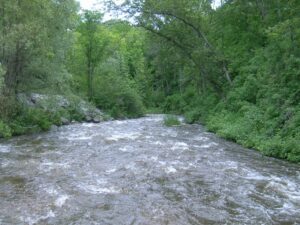
Bear River
Description: Today, all but two of the historic dams have been removed from the river, restoring a more
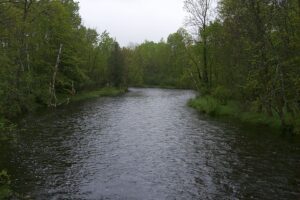
Black River
Description: From Black Lake, located southeast of the watershed in Presque Isle County, the Black River courses approximately
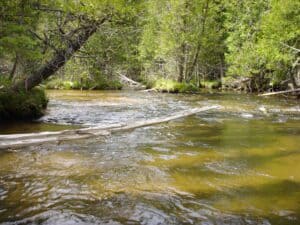
Boyne River
Description: You can’t start at the mouth of the Boyne River and swim upstream to some of the
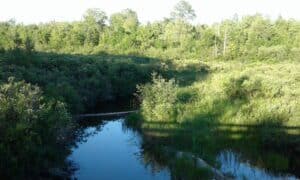
Carp Lake River
Description: The Carp Lake River is a 10.5 mile long river located in Emmet County. It is one
Crooked River
Description: The Crooked River is about 10 km long and connects Crooked Lake with Burt Lake. The river channel is dredged to
Elk River
Elk River is the pathway that the Chain of Lakes uses to drain into Lake Michigan. It flows
Indian River
The Indian River originates at the southeast end of Burt Lake and flows through residential areas before entering
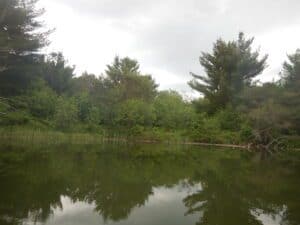
Intermediate River
Intermediate River between St. Clair and Ellsworth Lakes This short river segment is only 0.3 mile long.
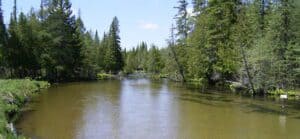
Jordan River
Description: When one thinks of a pristine, natural river, what is the first thing that comes to mind?
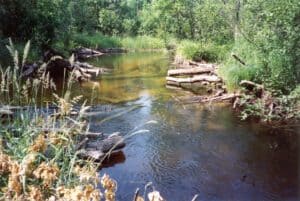
Maple River
Description: The Maple River is one of the lesser-known excellent-quality large streams in Northern Michigan. Sections of the
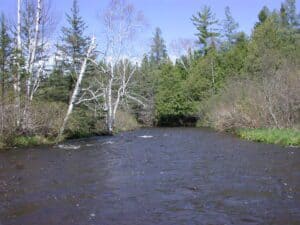
Pigeon River
Description: The Pigeon River flows through sandy pine forests and dense lowland swamps as it meanders its way
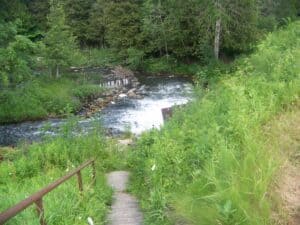
Rapid River
Description: The Rapid River is a tributary to the Torch River. The Rapid is 18 miles long and
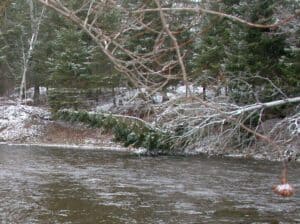
Sturgeon River
Description: The Sturgeon River is famous for its speed, it has a slope of nearly 15’ per mile,

